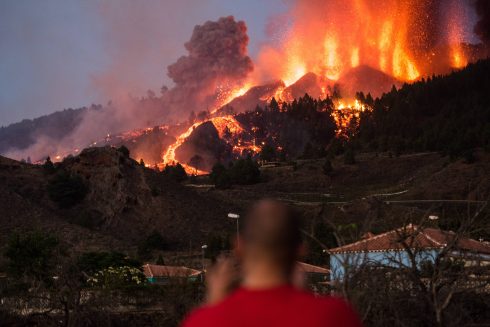THE explosive growth of Artificial Intelligence could devour electricity equivalent to an entire country’s annual consumption, according to a new US Department of Energy report.
The report outlines how AI-powered data centres in the US alone will require at least 325 terawatt hours of electricity by 2028.
This figure is significantly more than consumed annually by the United Kingdom (287 TWh), or Italy (298 TWh) – or Spain 246 (TWh).
Yet Spain has been busy jockeying for position in the global race to host AI data centres for the tech giant’s quest to achieve Artificial General Intelligence – the holy grail of AI research.

US tech giants Microsoft, Amazon, and Meta are rapidly developing infrastructure across the country thanks in part to its relatively low energy prices compared to its European competitors.
Microsoft is constructing additional data centres in Algete, Meco, and San Sebastián de los Reyes, plus a €6.7 billion in a data centre campus near Zaragoza, while a whole host of centres are springing up in the Madrid region.
But it raises the question of how the huge demands these projects will place on Spain’s power grid will be med, with local energy experts already warning of a potential crisis.
Consultancy DNV predicts data centres in Spain will increase their electrical load capacity by 50% within six years, jumping from 900 megawatts in 2024 to 1,350 megawatts by 2030.
The most alarming projection suggests that by 2050, data centres and AI could represent a staggering 44% of commercial electrical equipment demand – a potential breaking point for Spain’s electricity grid.
This energy hunger has caught the attention of high-profile players, including former US President Donald Trump, who announced a $500 billion ‘Stargate’ infrastructure project aimed at building advanced data centres and supporting energy plants.
The tech industry’s solution? Advanced nuclear energy.
Companies like Google, Microsoft, and Amazon are exploring small nuclear reactors and fusion technologies to ensure uninterrupted power supply, potentially transforming the energy landscape.
Spanish infrastructure giant Ferrovial is already bidding to build Britain’s first nuclear fusion plant, technological knowhow that could be translated back to Spain.
Water consumption is another concern, as many data centres rely on water for cooling their processors. While specific figures for Spain are not available, similar facilities in the United States are forecast to double their water use by 2028.
If replicated in Spain, this could exacerbate water resource challenges, particularly in areas already prone to drought, heightening the need to find solutions to both water and energy shortages.









